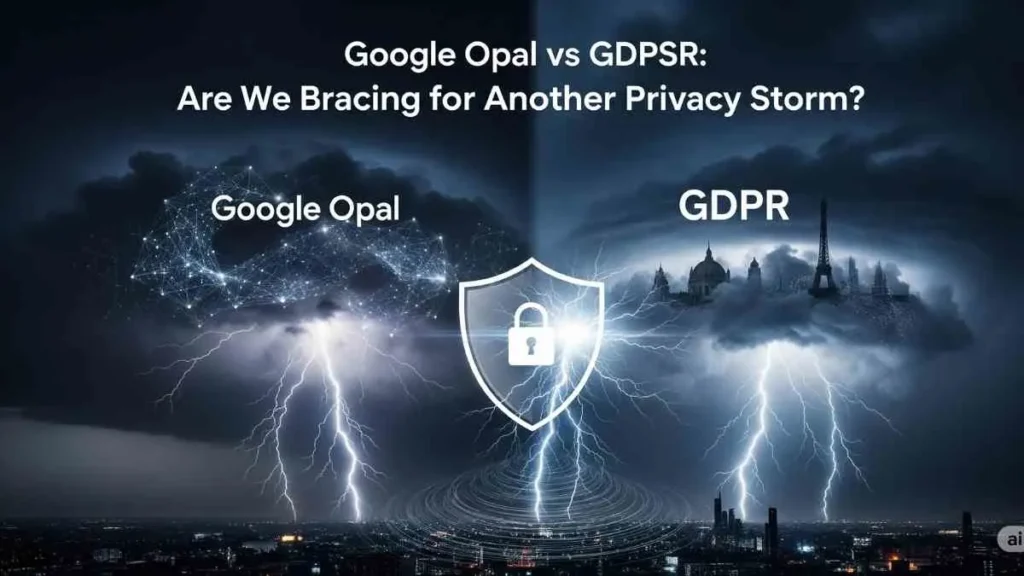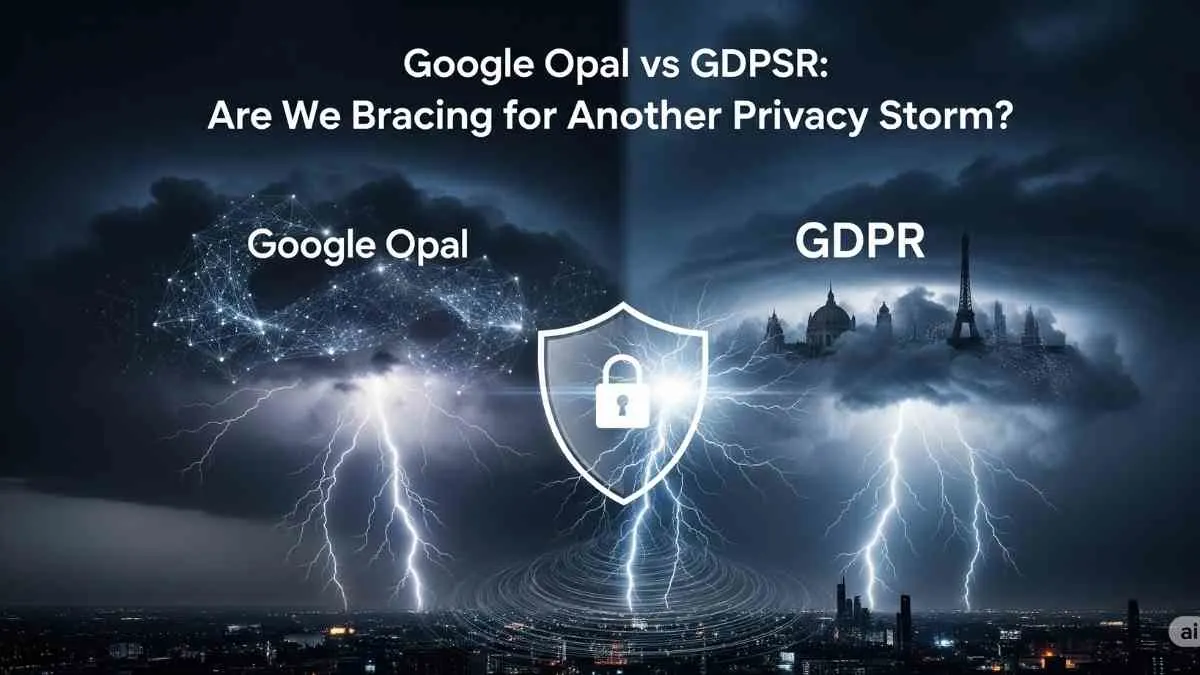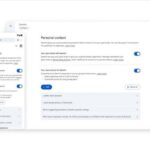As someone deeply invested in data privacy, I couldn’t ignore the recent buzz around Google Opal—Google’s new no-code AI platform—and its alignment with data protection standards, especially the EU’s General Data Protection Regulation (GDPR). Given Google’s complicated history with privacy lawsuits and regulatory scrutiny, I decided to take a factual look at whether Opal is sailing smoothly or heading toward another legal maelstrom.

What is Google Opal?
First, let’s get the basics straight. Google Opal is a platform that lets anyone create and share web apps simply by describing what they want—no coding required. The promise is empowering, but as with any rapid-development tool making it easy to process and transmit data, the core concern shifts from creativity to data security and compliance.
Security and Compliance: The Real Challenge
From my research, the most significant privacy worry with Opal isn’t its AI capability, but the risk of shadow IT. When anyone in a company can spin up new apps—often processing sensitive information—outside the control of IT/security teams, you get a breeding ground for accidental data leaks and unauthorized access. The Open Web Application Security Project (OWASP) has highlighted these risks in its “Top 10” list for low/no-code platforms.
Keyword: Shadow IT, No-Code Security, Data Leakage, GDPR, Google Opal Compliance
Is Opal GDPR-compliant? So far, Google maintains that its products and cloud offerings align with GDPR, citing third-party audits, standard contract clauses, and privacy-by-design principles. But it’s crucial to realize that GDPR compliance is not a blanket guarantee; any platform or app built on Opal must be audited for how it collects, processes, and stores data. If an employee unknowingly mishandles personal data via an Opal-built app, liability extends to the business, and potentially Google.
Past Precedent: Google’s Privacy Lawsuits
Let’s not forget that Google has faced costly legal reckonings for privacy mishaps. In 2025, Google agreed to a $1.4 billion settlement with Texas over allegations of deceptive practices around incognito web browsing and biometric data collection, clear violations of transparency and user consent. In another case, Google settled lawsuits worth over $5 billion for collecting data in “private” browsing modes, with a court ordering the deletion of billions of data records. These cases underscore the legal hazards tied to inadequate disclosures and inadequate control for users over their own data.
Suppose data processed through Opal apps exposes users to similar tracking or accidental data sharing without explicit user consent. In that case, it doesn’t take much imagination to see how another lawsuit could materialize.
Keyword: Google privacy lawsuits, compliance, user consent, transparency
Is Opal Headed for a Legal Storm?
While Google insists its core platforms are GDPR-aligned, the governance challenge of shadow IT in Opal remains real. Under GDPR, businesses must ensure user data is only processed with clear consent, is protected with strong technical safeguards, and users have right to access/erase their data. If Opal-powered apps sidestep these principles, it’s not just an IT snafu—it becomes a compliance violation with potential for hefty fines.
My Take: What Should Businesses (and Users) Do?
If you’re an executive, developer, or entrepreneur curious about Opal, my advice is simple:
- Treat every Opal app as a potential privacy pitfall: Conduct internal audits, apply security policies, and roll out staff training before letting people run wild with the platform.
- Demand transparency and opt-in consent: Make it clear to everyone—internally and externally—what data is being processed, who sees it, and how it’s used.
- Keep an eye on new legal developments: As Google’s track record shows, data privacy is a moving target, and regulators have become less forgiving.
For More Information
- Read about Google’s GDPR compliance and data protection commitments here and here.
- See a breakdown of Google’s recent privacy lawsuits here.
Final Thought
As I continue exploring privacy in the fast-evolving world of no-code platforms, one thing is obvious: Transparency, explicit consent, and ironclad governance aren’t optional—they’re essential. With Opal, the risk isn’t just technical innovation outpacing regulation, but a replay of the very privacy battles that have cost Google dearly in the past. Buckle up: the next privacy storm could be closer than we think.
Want more? Stay tuned to my blog for up-to-date analysis on tech, privacy, and compliance in the AI era!











